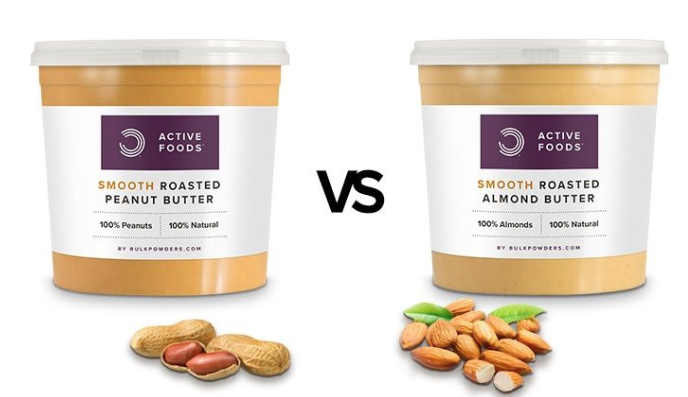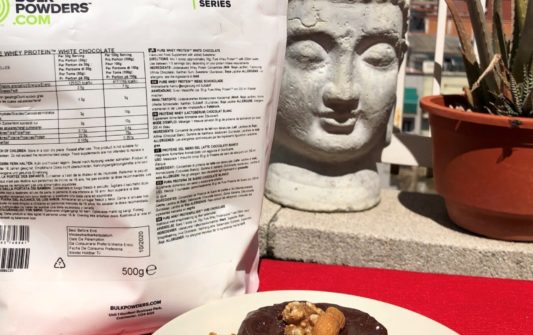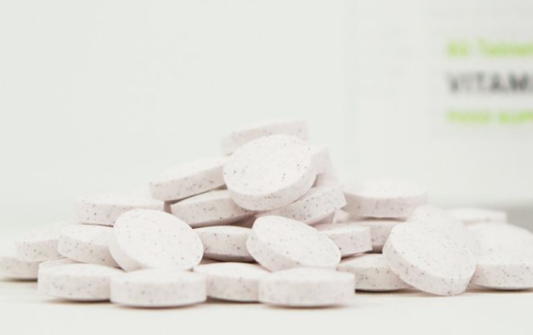BATTLE OF DRIED FRUIT CREAMS: CREAM OF ALMONDS AGAINST CREAM OF PEANUT
Peanut butter is the queen of good fats, ask any Instagram fitness model or the people in your gym. Peanut butter has been highly regarded for years due to its healthy fat matrix, food versatility, and the fact that it tastes much better than peanuts themselves.
Almond cream is a recent product and it is partly highly defended by millennials due to their thinking that the new is always better. This has been an obvious trend due to the hype surrounding almond cream for being healthier than peanut butter (as always, the internet gives no reason to validate this). We are going to analyze the two nut creams so you can decide between one of them thinking about your dietary needs.
WHY SHOULD YOU EAT DRIED FRUIT BUTTERS?
The nuts and seeds are the best plant foods for healthy fats. The problem is that many of them don’t taste good and eating the amount you would need to balance your macros is a huge task that only a few paleo diet lovers could handle.
Nut creams are an amazing and versatile way to get these healthy fats into your diet. They can be mixed with many foods and are ideal for many diets.
PEANUT CREAM: THE STATISTICS
The peanut butter generally is made from peanuts (at the least so expect), some oil and brown sugar. There are some emulsifiers in cheaper brands, but natural peanut butter is increasing in popularity. Our peanut butter is 100% natural and contains 100% pure whole peanuts. Peanut butter is a classic because it provides healthy fats, high calories (564 Kcal / 100 g) and is relatively abundant due to its texture. It also provides a decent dose of protein, vitamin E, B vitamins, magnesium, and phosphorous.
We can not help it: peanut butter is a staple in our diet and we cannot overlook versatility and flavor. Peanut butter is amazing tasting and can be added to smoothies, oatmeal, sandwiches, eaten with fruit, or just eaten alone. This versatility is combined with very few other foods, especially when comparing the flavor of peanut butter against, for example, that of avocado.
ALMOND CREAM
The almond cream is softer and subtler than peanut butter, but they are very similar. When it comes to calories, almond cream provides 612 Kcal / 100g, slightly more than peanut butter. For starters, almond cream has a much better ratio of unsaturated saturated fat, which means better cardiovascular risk factors and overall health benefits.
This is great, but at the cost of a much lower protein content. Almond cream also has high levels of vitamin B, with even higher concentrations of magnesium and phosphorous, as well as copper and manganese. Our almond cream comes in 1-kilo tubs and there’s even a dark chocolate flavor that’s great.
WHAT IS THE SCORE?
When we look at these two nut creams , there is a wide variation in the types that can be found and how they fit into your diet. The first thing you should look at is looking for creams with a high content of nutrients. They tend to be healthier and avoid adding unnecessary sugars and additives.
The real question is: crispy or soft?
Crunchy peanut butter has higher fiber values, while soft peanut butter has higher concentrations of micronutrients. Crunchy peanut butter has a better unsaturated fat content, but also has a reduced protein count. The fact is, these variations are mostly shallow: Unless you’re eating 100g at a time, you won’t notice much of a practical difference in choosing peanut butter or the textures of almond creams.
Mixes are another great option: We have a triple nut butter that mixes cashews, almonds and hazelnuts to provide a more balanced nutritional profile. Also, it tastes like hazelnut, and it tastes great. If you feel like it, you can also try pistachio butter because whoever dares wins.
4 IDEAS TO EAT PEANUT CREAM OR ALMOND CREAM
So how can you eat these excellent nut creams? Here we leave you some healthy ideas.
1) OAT
Mixing a tablespoon of any nut cream with oatmeal can transform a breakfast. Eating a good breakfast is a great way to get going and nut and oatmeal butters are a great slow-digesting breakfast.
2) IN TOAST
Classic breakfast foods, just pour a healthy tablespoon of peanut butter or almond on toast. If you take almond cream, you may want to combine it with another flavor, you can add zero-calorie syrup or fresh fruit.
3) PROTEIN SHAKE
Are you following a diet that requires a high calorie intake or do you need a recovery shake after a hard workout? A protein shake with almond or peanut butter can make a big difference. If you’re looking for something soft, try almond cream, while chocolate whey protein and peanut butter is a perfect match.
4) AS A COMPLEMENT TO YOUR FOOD
Many dietitians have popularized nut creams as an accompaniment to their meal.
PEANUT CREAM VS ALMOND CREAM: IS THERE A WINNER?
The answer is no. As with everything else in diet, nutrition, and human performance, the only established answer is “it depends.” The two creams play a relatively similar role in the diet and have similar applications: they are both good fats. There is no clear winner here because they address the same problem and they are both effective. Remember that a food is only healthy or unhealthy in relation to your complete diet, your goals and the complete dietary context.
Peanut butter is a popular staple food, but almond cream (and its variations) are certainly more versatile. If you disagree or (somehow) don’t like peanut butter, dark chocolate variations will make your life that much easier.






